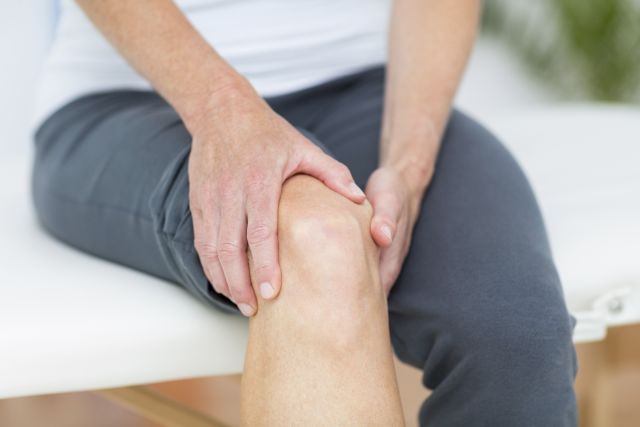Updated on September 26, 2025.
About two-thirds of people with rheumatoid arthritis (RA) develop rheumatoid cachexia (RC), a condition that causes the loss of lean muscle and strength. Why that happens isn’t totally clear, but doctors think a particular type of inflammation in RA causes muscle tissue to break down. This increases your fatigue and pain and brings on a host of serious dangers like osteoporosis, a weaker immune system, heart disease and even early death.
Fortunately, you’re not powerless to stop rheumatoid cachexia. These tips can help you address muscle weakness by boosting your muscle mass and keeping your body strong and pain-free.
1. Keep moving
If you have RA, you’re likely all too familiar with fatigue and discomfort stalling your workout plans. But exercise may actually help to relieve RA symptoms and prevent muscle loss. One study found that resistance training restores lean muscle mass. These exercises, like push-ups, squats and weight training also increase your range of motion, which helps you get around easier. And combining resistance training with low-impact aerobic exercises, such as walking, swimming and cycling, will ease joint pain and stiffness and keep your heart strong. Work with your healthcare provider (HCP) to design your exercise plan. You may need to take it easy at times when your symptoms flare up and you experience rheumatoid arthritis muscle pain.
2. Change your diet
Just because rheumatoid cachexia causes muscle loss doesn’t necessarily mean you’re losing weight. In fact, the condition may actually cause weight gain because your body isn’t building new muscle and your metabolism is slowed. Unfortunately, there are no diets proven to treat RA, but eating meals high in protein and low in calories and fat can help preserve lean muscle mass without causing weight gain.
3. Control your RA
The best way to address rheumatoid cachexia is to take care of your rheumatoid arthritis symptoms. Treating your joint pain and inflammation can also prevent or reduce muscle loss. Your HCP may measure your body mass index or order MRI or CT scans to track your body composition over time. They may also prescribe a biologic, a medication that targets the type of inflammation behind RA and muscle loss.






